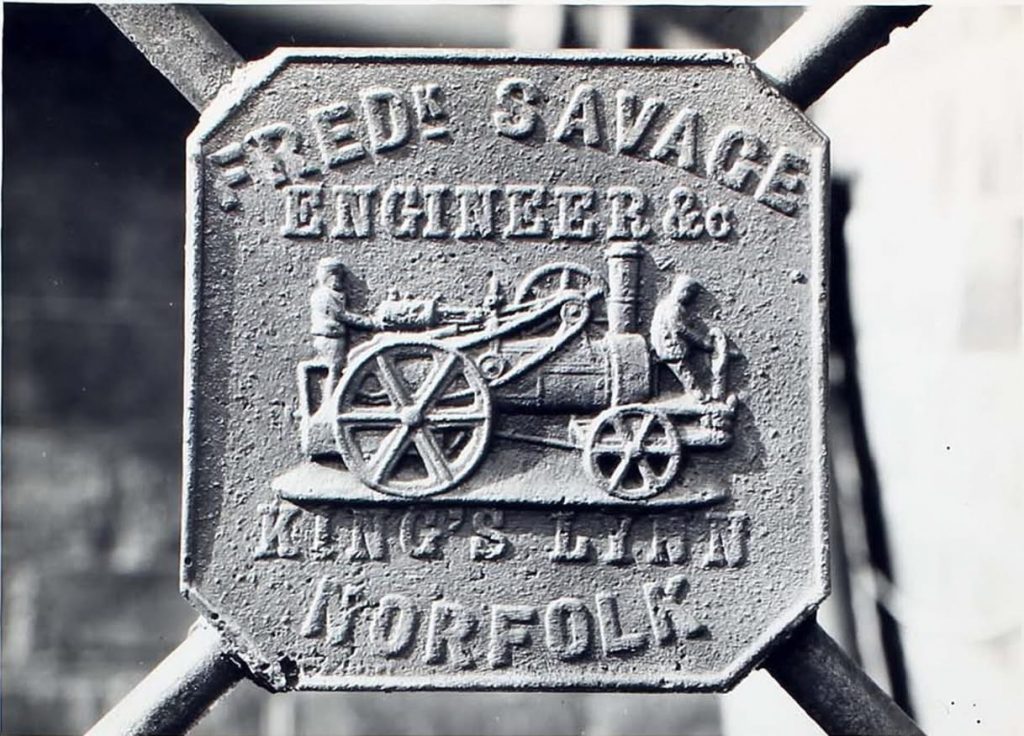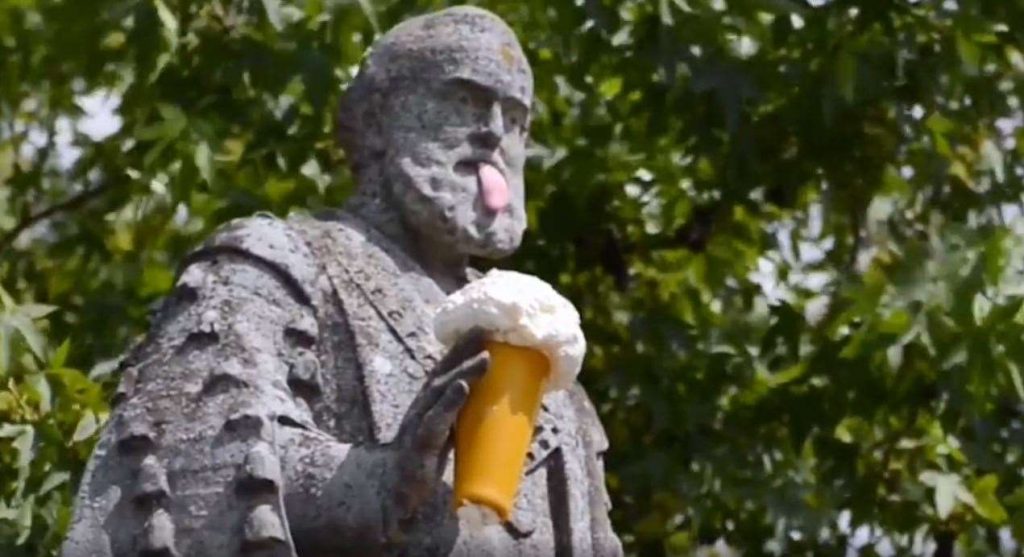Frederick Savage was a true visionary of his time, whose innovative spirit and engineering prowess transformed the landscape of fairground entertainment in 19th century England.
Frederick Savage: The Young Man
Born in 1828 in the Norfolk village of Hevingham, Savage’s journey from humble beginnings to becoming a renowned inventor and manufacturer is a testament to the power of determination and ingenuity. As a young man, Savage faced adversity when his father was sentenced to 14 years of penal servitude in Tasmania for poaching, leaving the family in financial hardship. Undeterred, Savage sought employment as a hurdle-maker on a local estate before finding his true calling in the world of engineering.
Savage’s big break came when he joined the service of Thomas Cooper, a whitesmith (locks, keys, tools etc.) and machine maker who had a small foundry in East Dereham. In 1848 he found employment as a wheelwright and blacksmith with Charles Willett who had a machine shop in the High Street and in Baker Lane in King’s Lynn.
Frederick Savage: Business Steams Ahead In King’s Lynn
Willett retired in 1850 and Savage set himself up with a small smithy and foundry in Tower Street making and repairing agricultural implements such as hoes, forks, spades, and rakes. He moved to more spacious premises off Railway Road and started maintaining more sophisticated machines, including steam-driven threshers and seed-drilling machines. This gave him an understanding of steam power which was to prove so important later on.

Savage’s firm continued to expand and by 1863 he had moved his business to St Nicholas Street. In 1872 the final move was to reclaimed land off Estuary Road where he established the New St Nicholas Ironworks (where it would remain until 1973).
The 1861 census records Savage as living with a wife and 4 children and a servant, and as him employing 15 men and 14 boys. By 1872 he is employing 400 people.
Frederick Savage: Fun At The Fair

However, Savage’s true passion lay in the burgeoning fairground industry. In the mid-19th century, the growing popularity of train travel among wealthy Victorian city-dwellers created a demand for entertainment at their destinations. Savage recognized this opportunity and set out to revolutionize the fairground experience. Although he’s not credited with inventing steam-powered roundabouts, Savage was certainly instrumental in their development.
He designed a dazzling array of merry-go-rounds and show engines, all meticulously crafted and lavishly decorated to captivate the public’s imagination. Savage’s most notable invention was his system for running fairground carousels using a horizontally-mounted steam engine at the center. This innovative approach allowed for greater stability and control. His carousels were soon in high demand, and were exported all over the world from his factory, the St Nicholas Ironworks.
Frederick Savage: Gallopers

Savage’s creativity extended beyond the carousel, as he continued to push the boundaries of fairground technology. He developed the “Platform Gallopers,” which featured gears and offset cranks that gave the carousel horses their signature up-and-down motion as they travelled around the centre pole. He also invented the “platform-slide,” which allowed the carousel mounts to swing out concentrically as the ride built up speed. The most elaborate gallopers had up to 56 horses, which were four abreast.
Savage’s innovations were not limited to the mechanical aspects of fairground rides; he also had a keen eye for aesthetics. His creations were adorned with intricate carvings, vibrant paint, and other decorative elements that captivated the senses of the fairgoers. These lavish displays helped to cement Savage’s reputation as a master of his craft, and his fairground machinery became a must-have for any self-respecting traveling fair.
Frederick Savage: Beyond The Fairground
The impact of Savage’s work extended beyond the fairgrounds, as he also applied his engineering expertise to the agricultural sector. He designed and manufactured engines to power various farm machinery, further solidifying his status as a versatile and accomplished inventor.
Savage’s contributions to the community of King’s Lynn were not limited to his professional achievements. In 1889, he was appointed Mayor of the town, a role he held for one year. During his tenure, Savage continued to champion the interests of his fellow citizens, using his influence to support local initiatives and promote the town’s prosperity. Savage passed away in 1897 at the age of 69.
Frederick Savage: The King’s Lynn Banksy

Savage’s legacy lived on long after his death. In 1892, the people of King’s Lynn erected a statue in his honor, which still stands today as a testament to his enduring impact on the town and its fairground heritage.
The statue, however, has not been without its share of controversy. In 2021, the renowned street artist Banksy added a faux tongue and ice cream to the monument as part of his “Great British Spraycation” series, drawing both praise and criticism from the local community. The additions were later removed by the King’s Lynn and West Norfolk Borough Council, but the incident served as a reminder of Savage’s enduring legacy and the continued fascination with his life and work.
© James Rye 2024
Sources
- https://www.visitchurches.org.uk/what-we-do/blog/all-the-fun-of-the-fair-at-kings-lynn.html
- https://en.wikipedia.org/wiki/Frederick_Savage_%28engineer%29
- https://artuk.org/discover/artworks/frederick-savage-103
- https://heritagemachines.com/restorations/historic-gallopers-ride-on/
